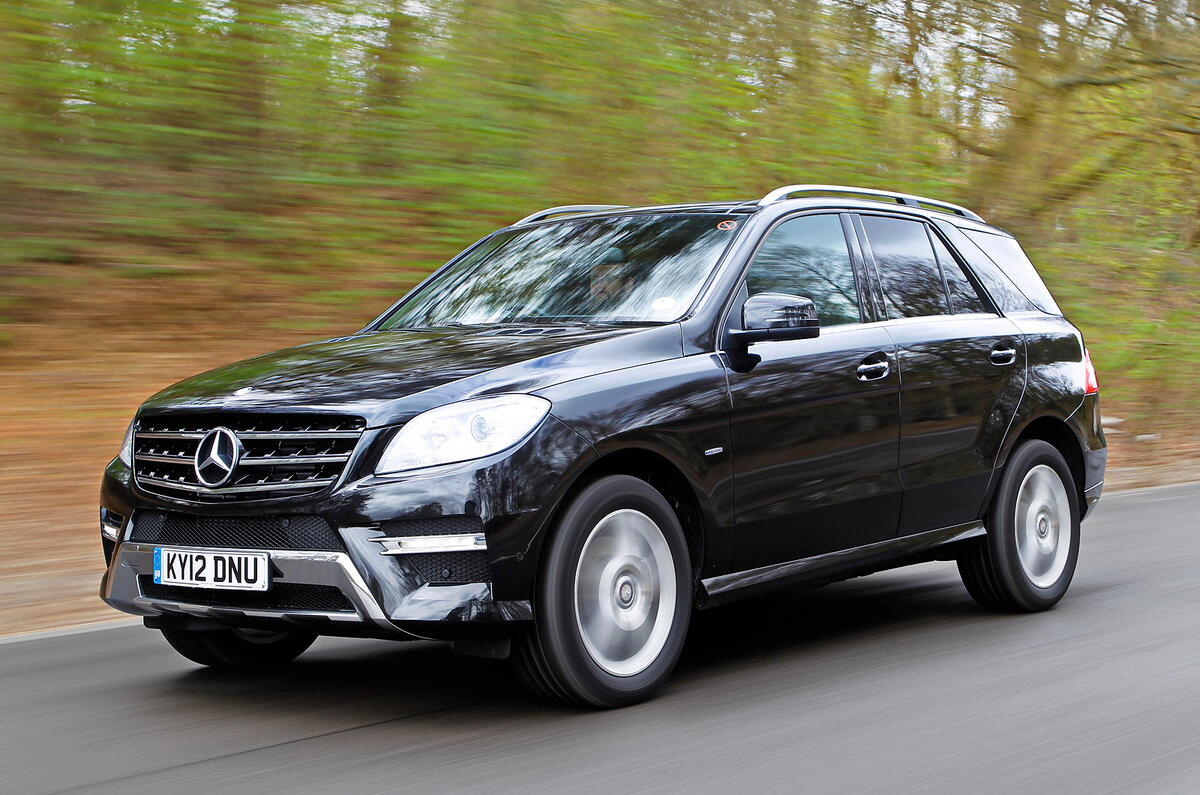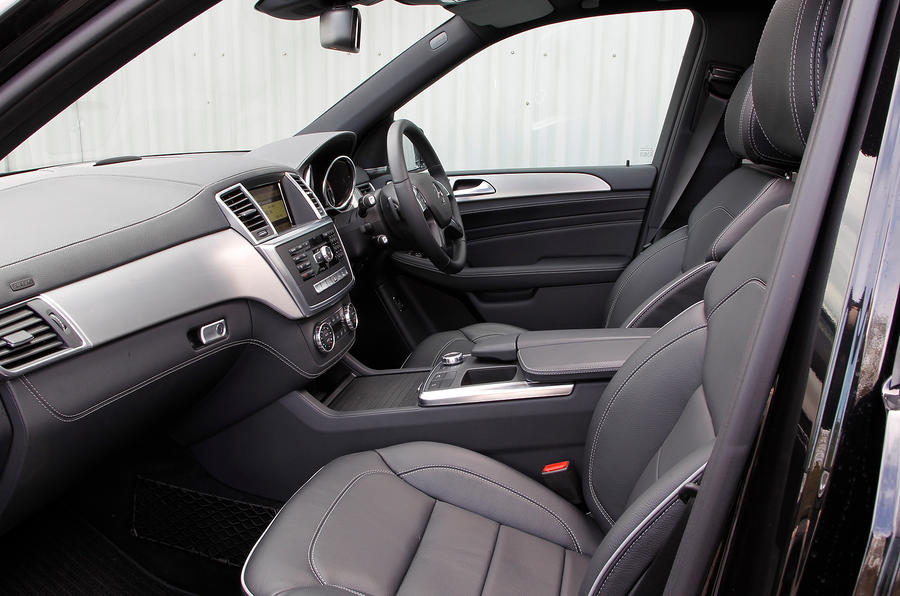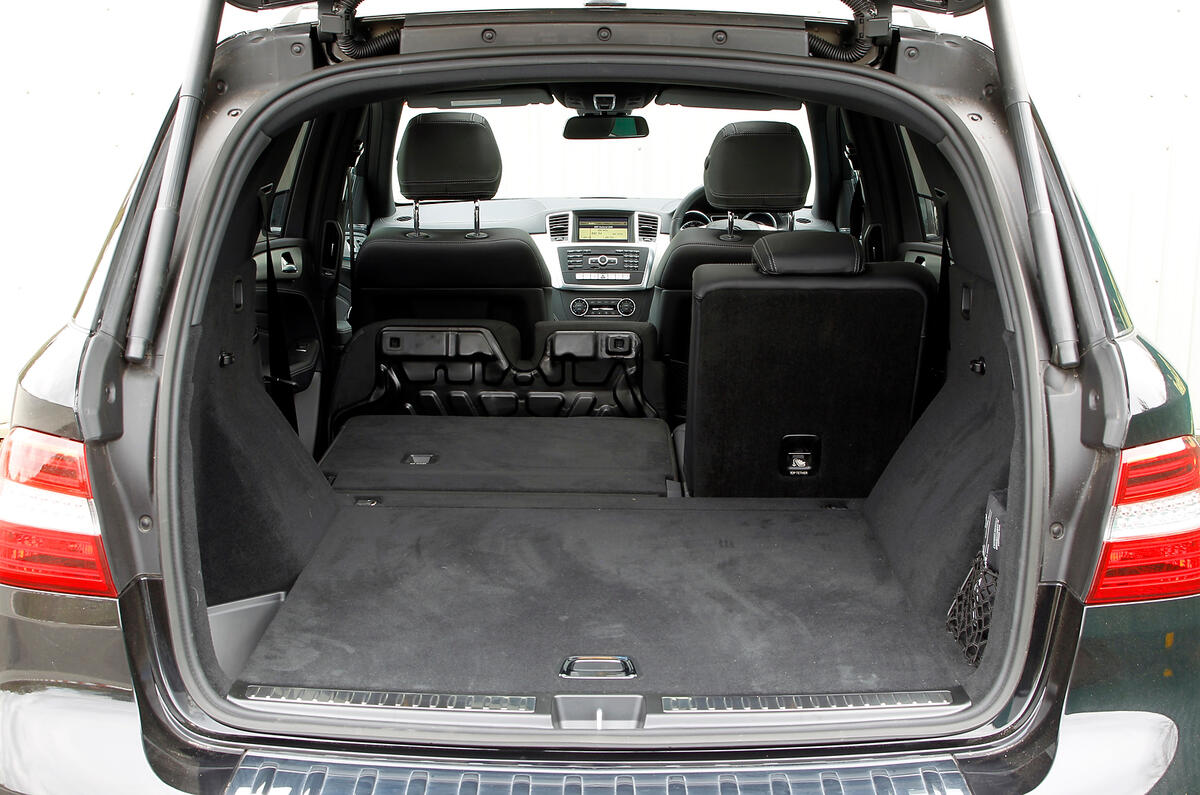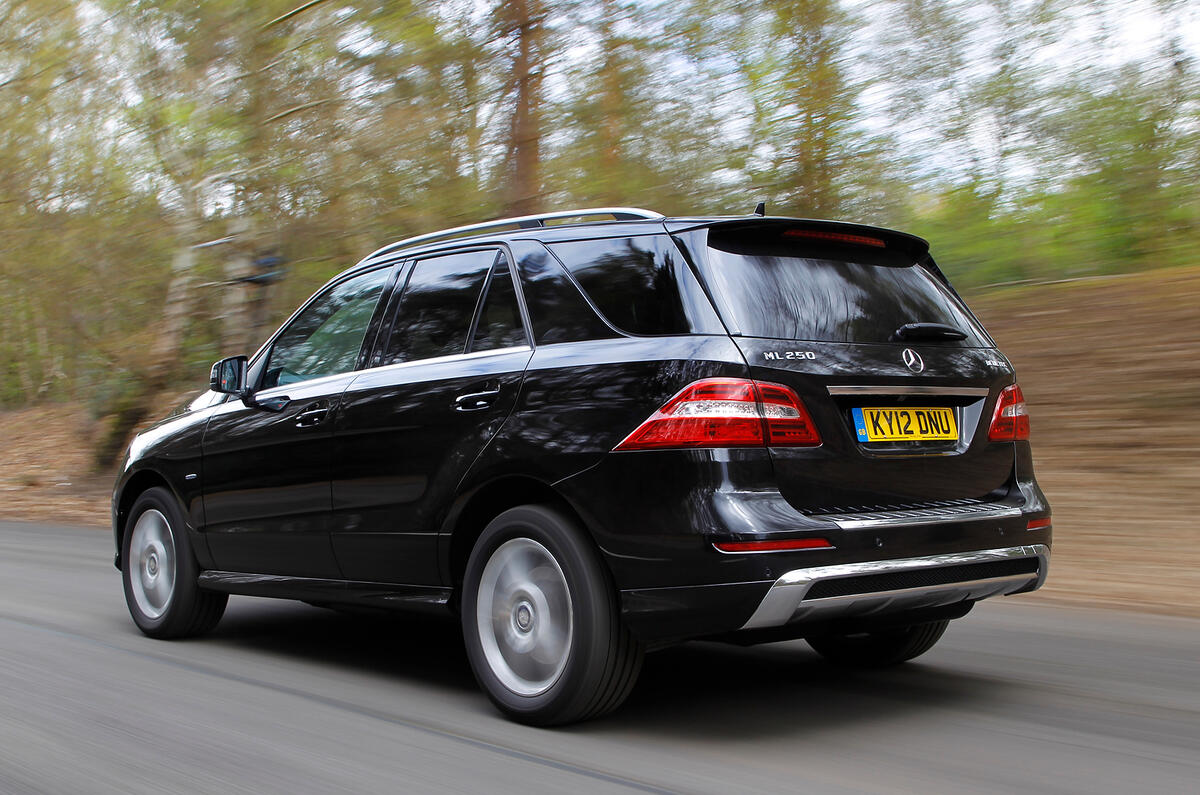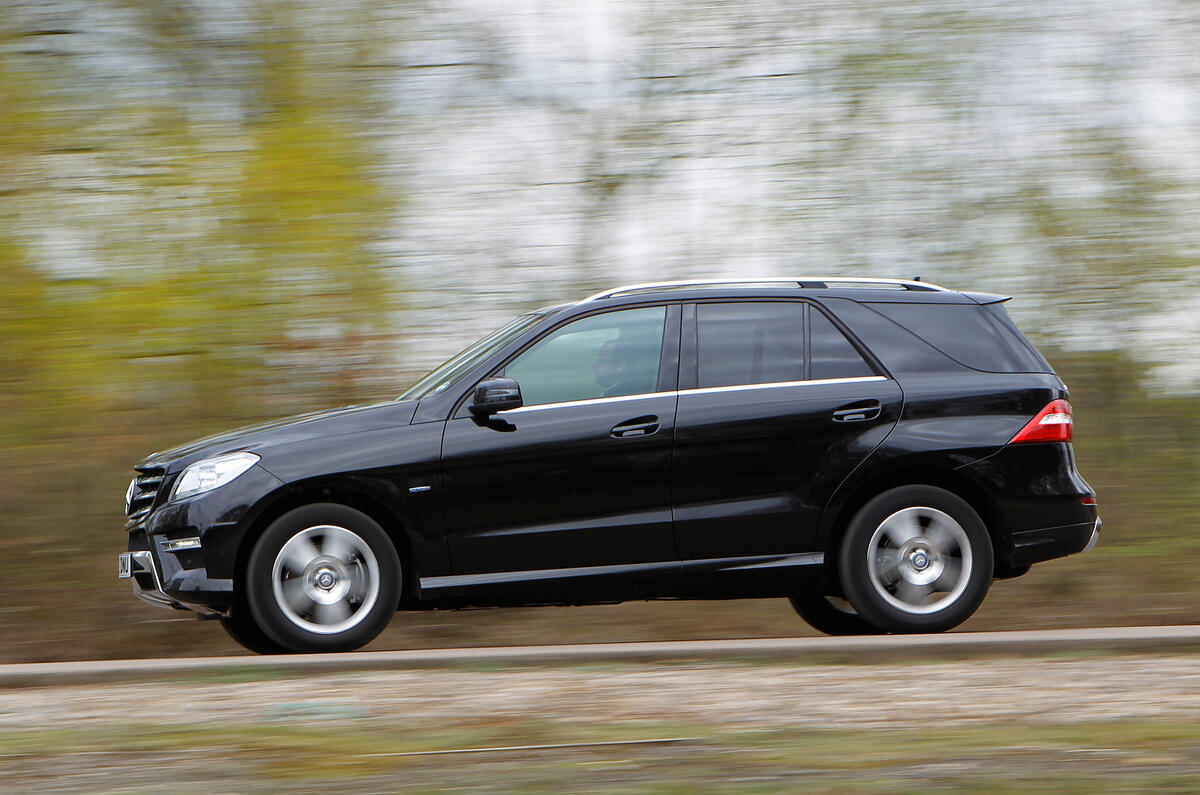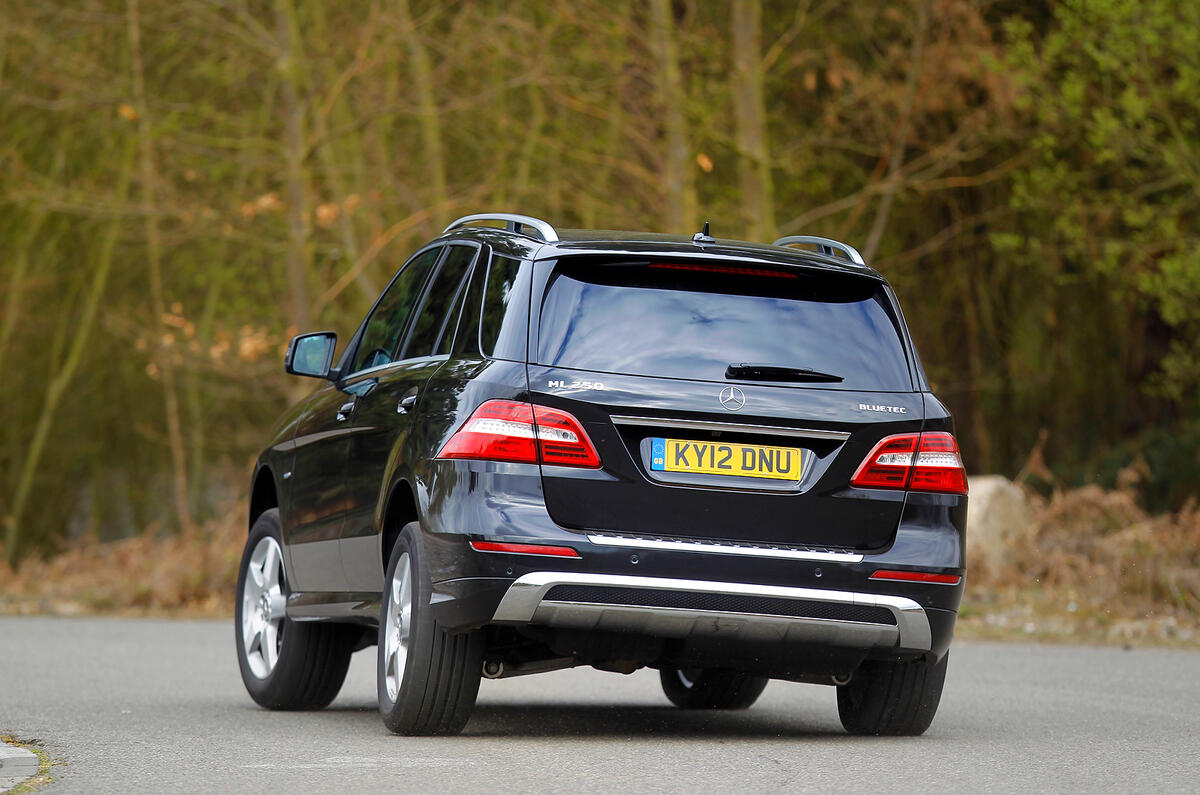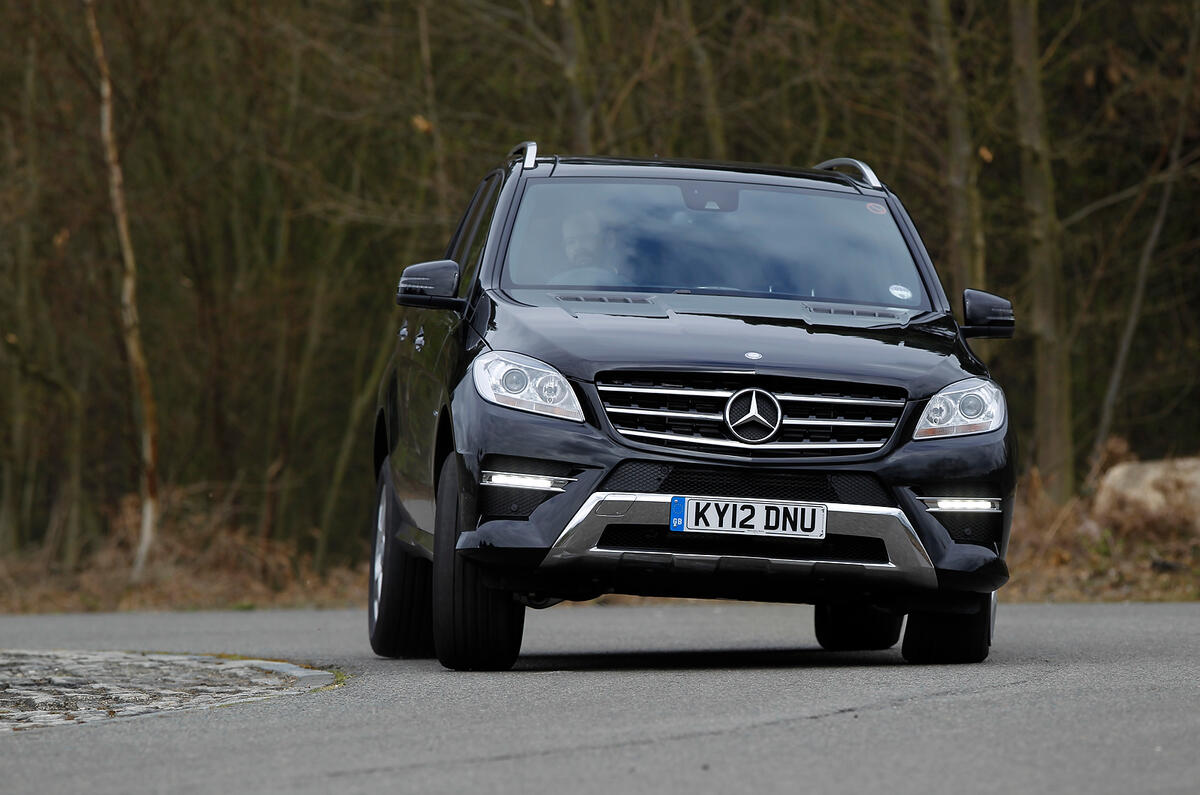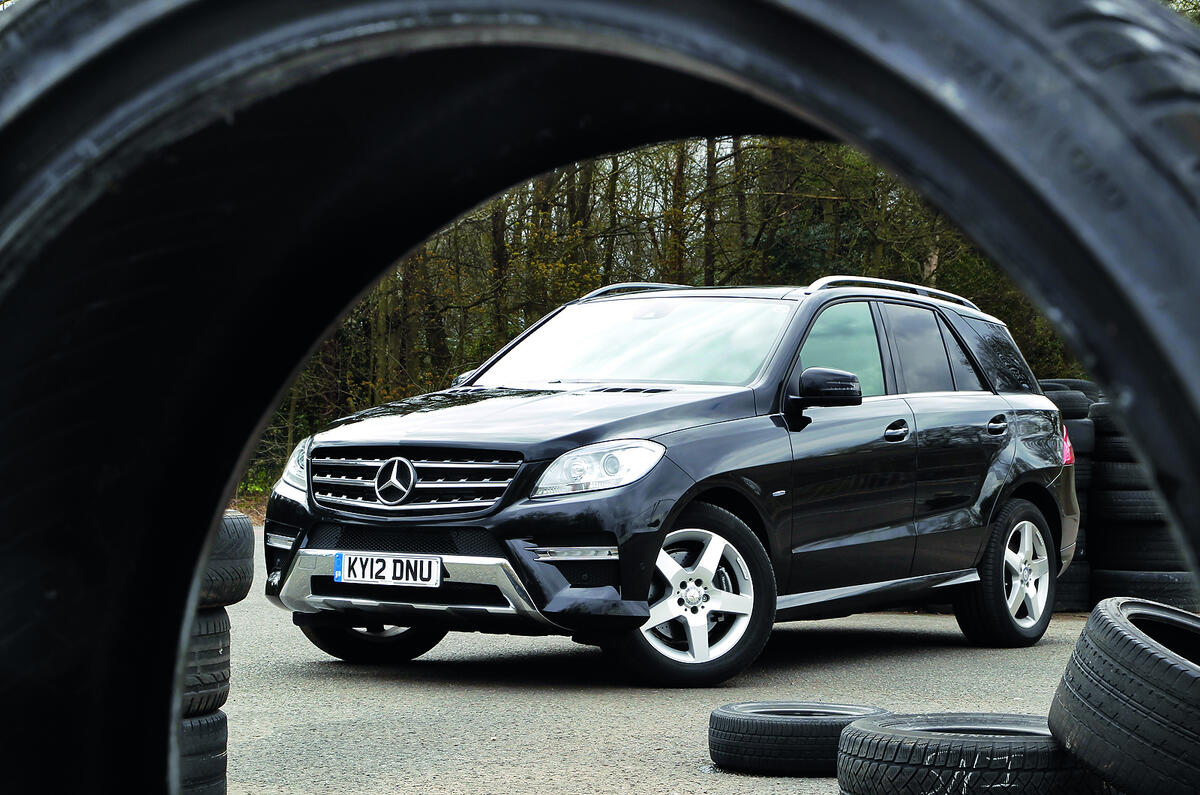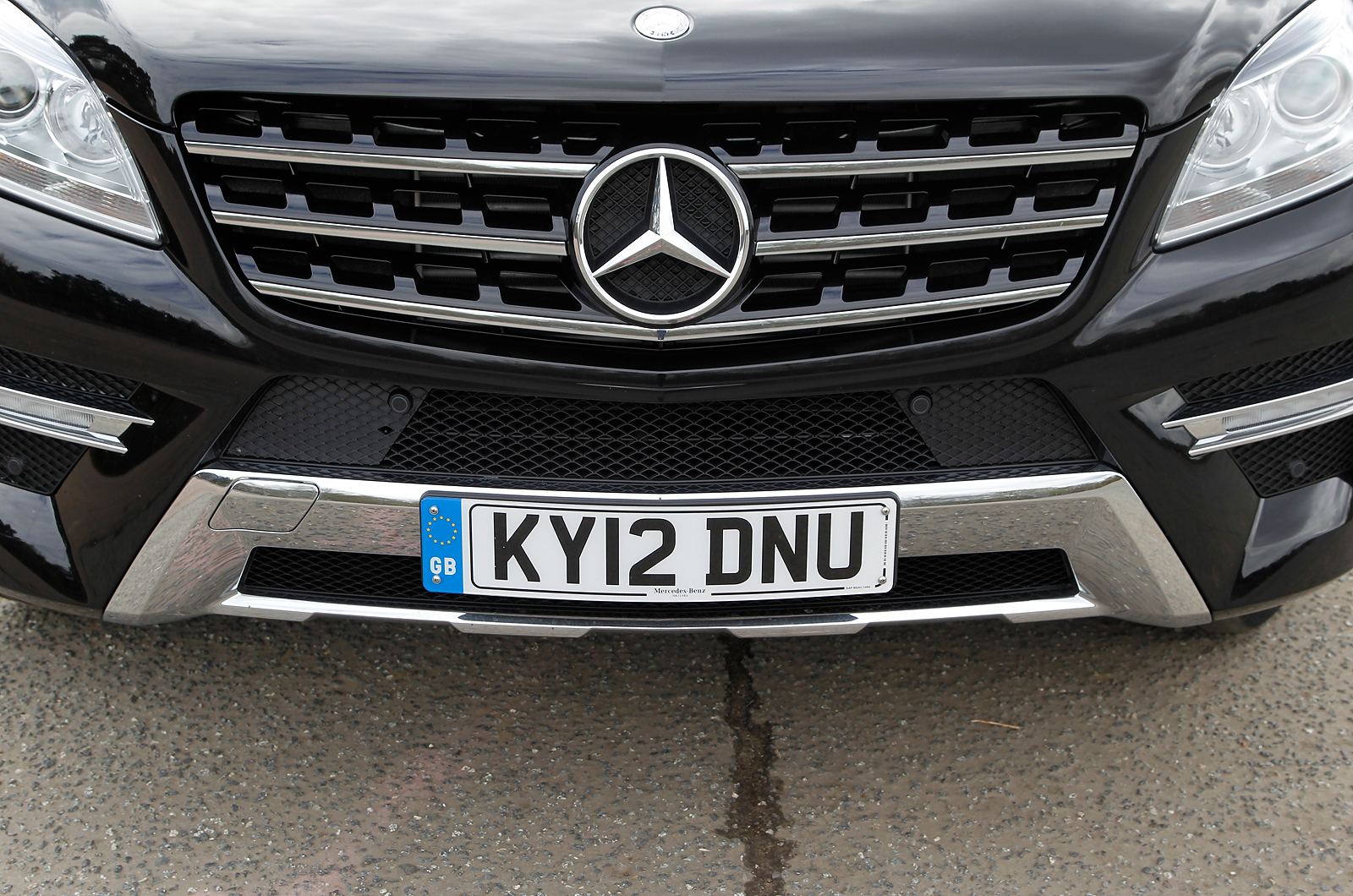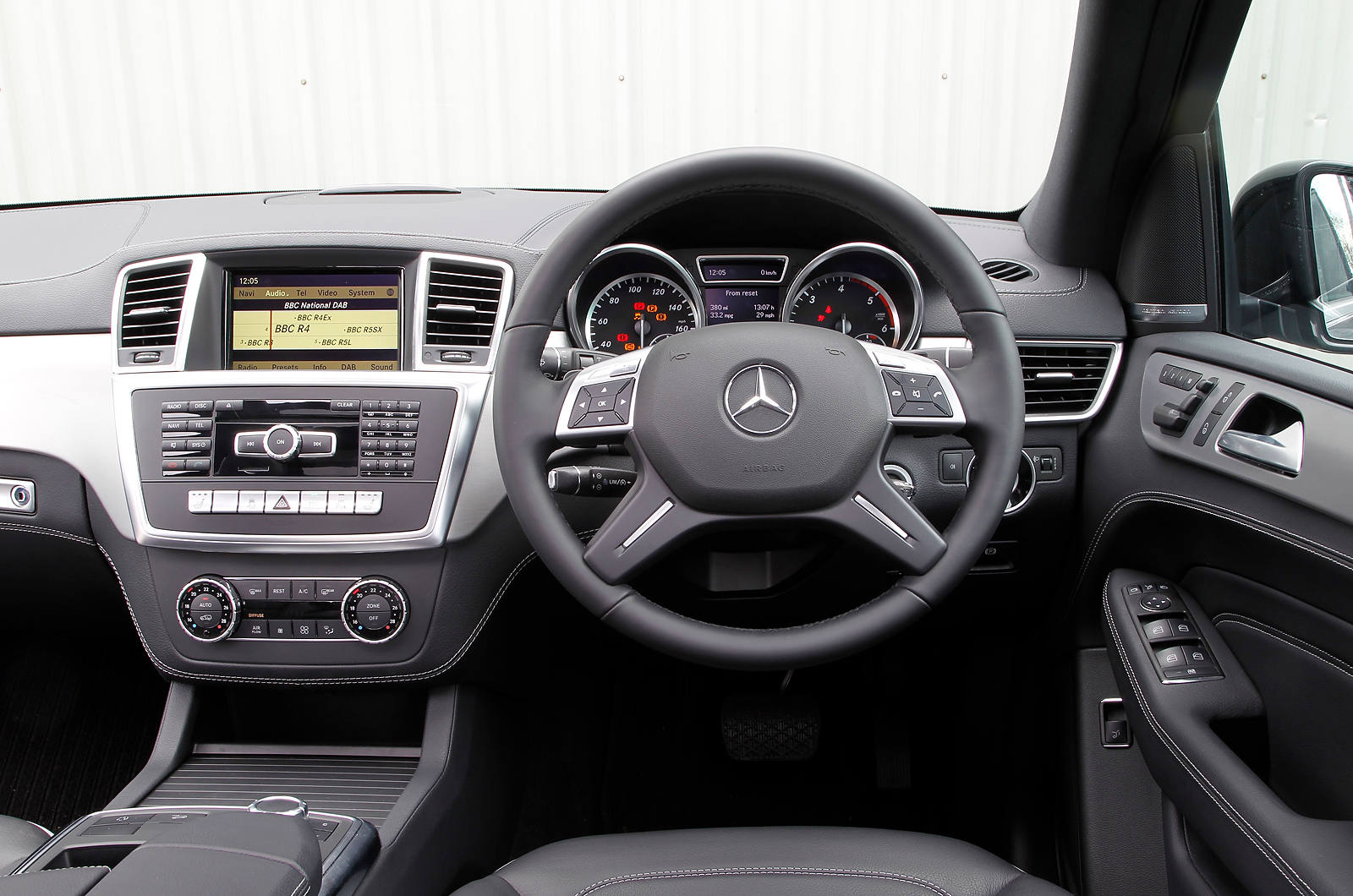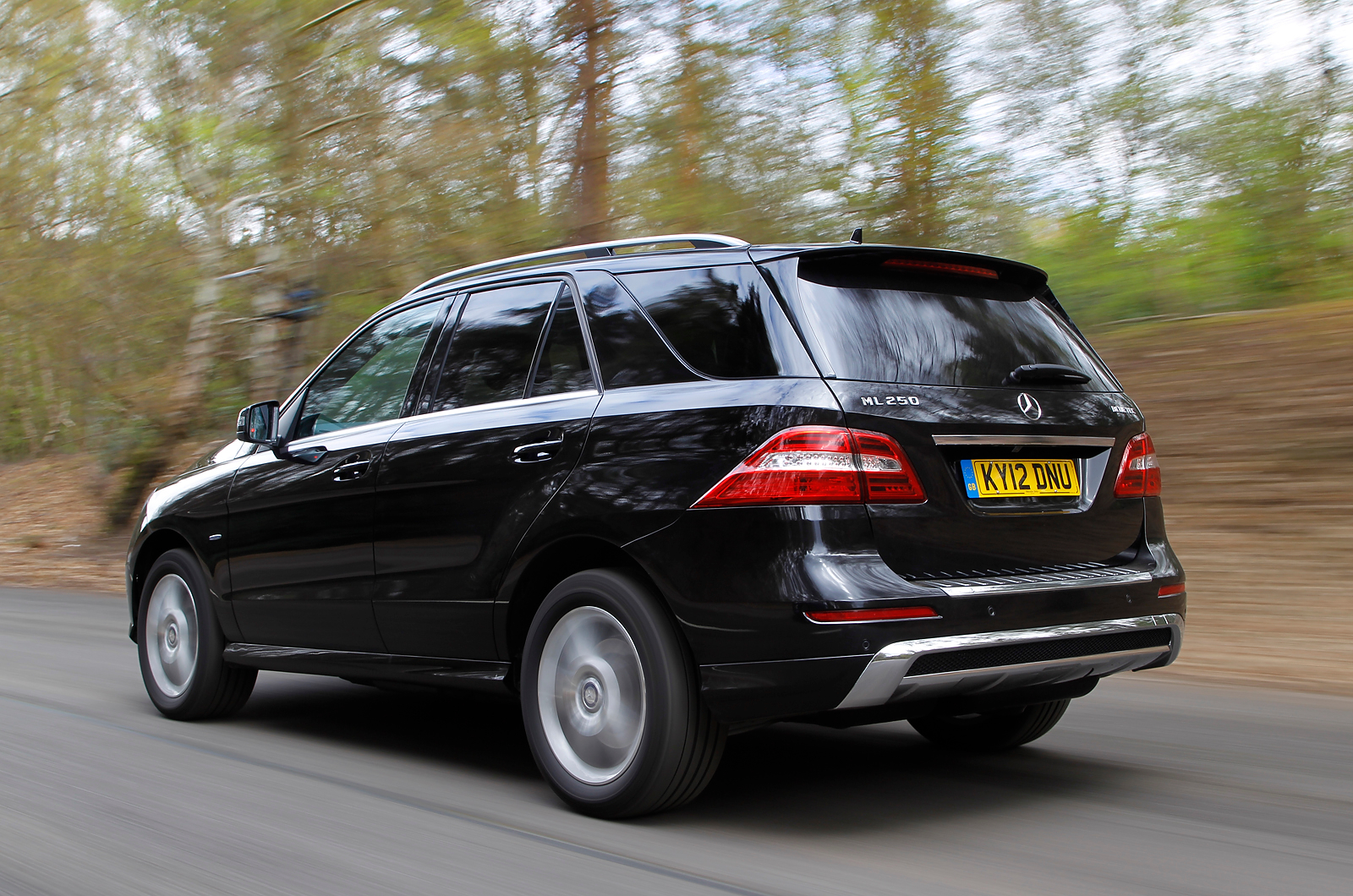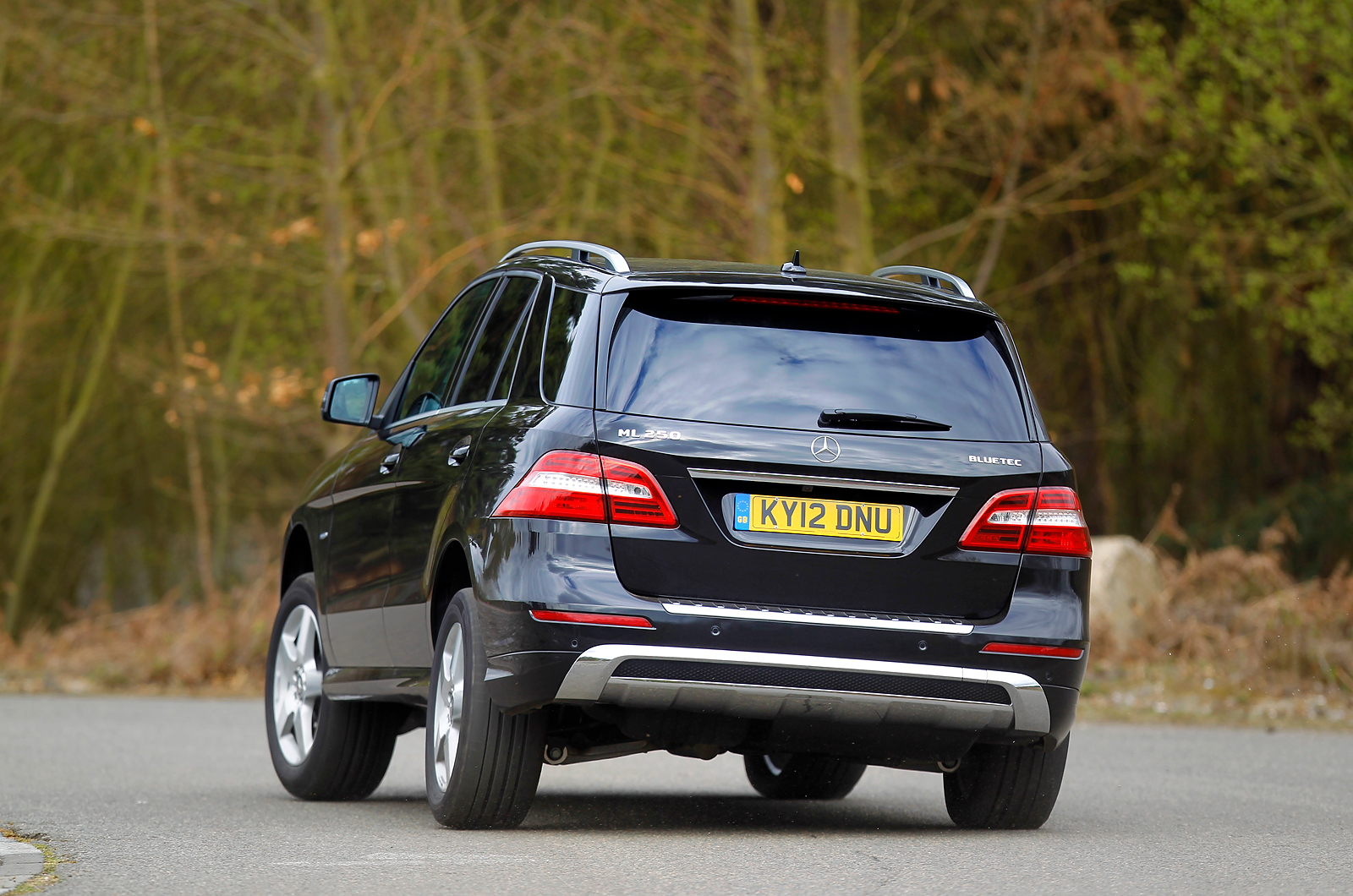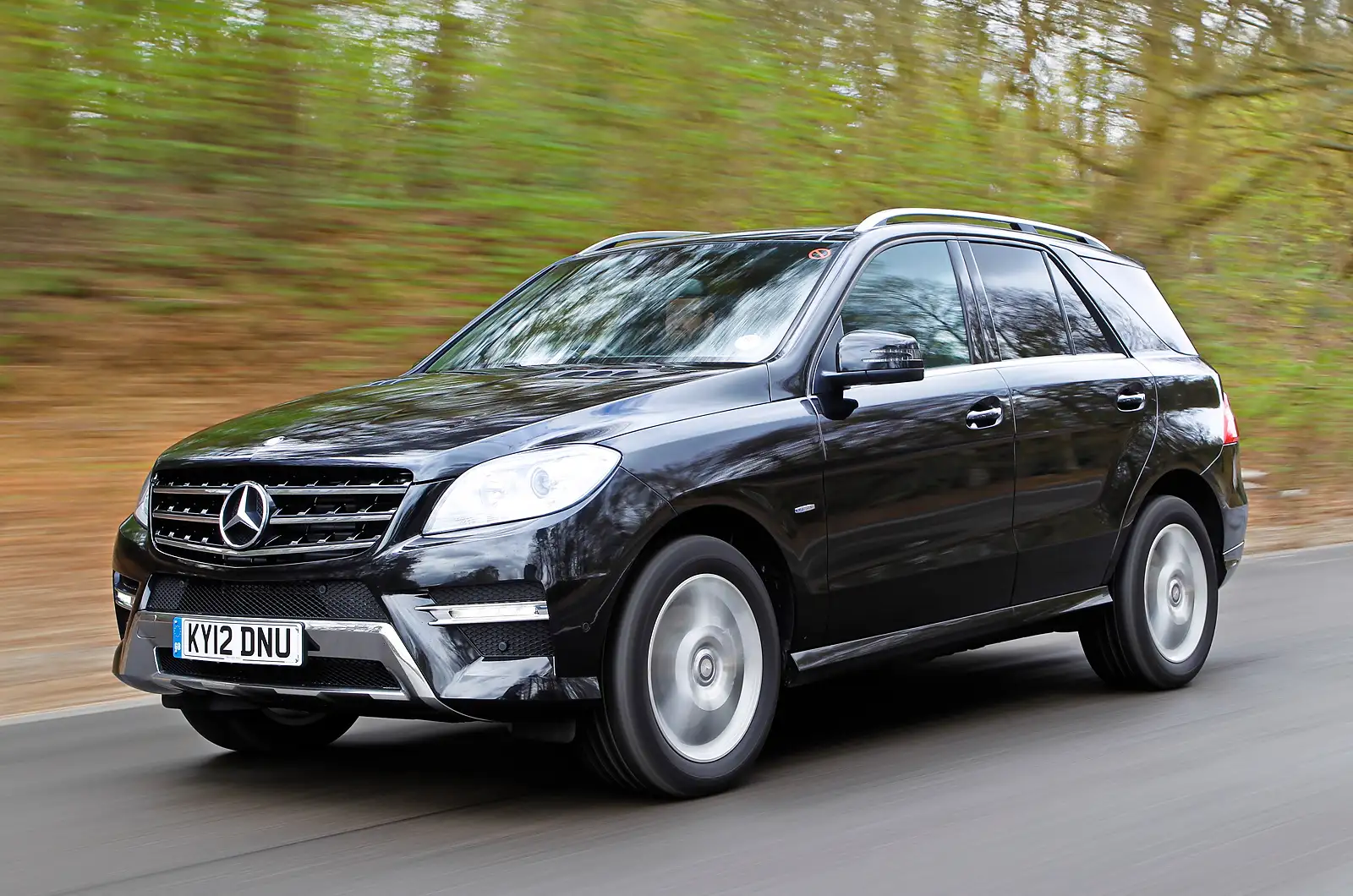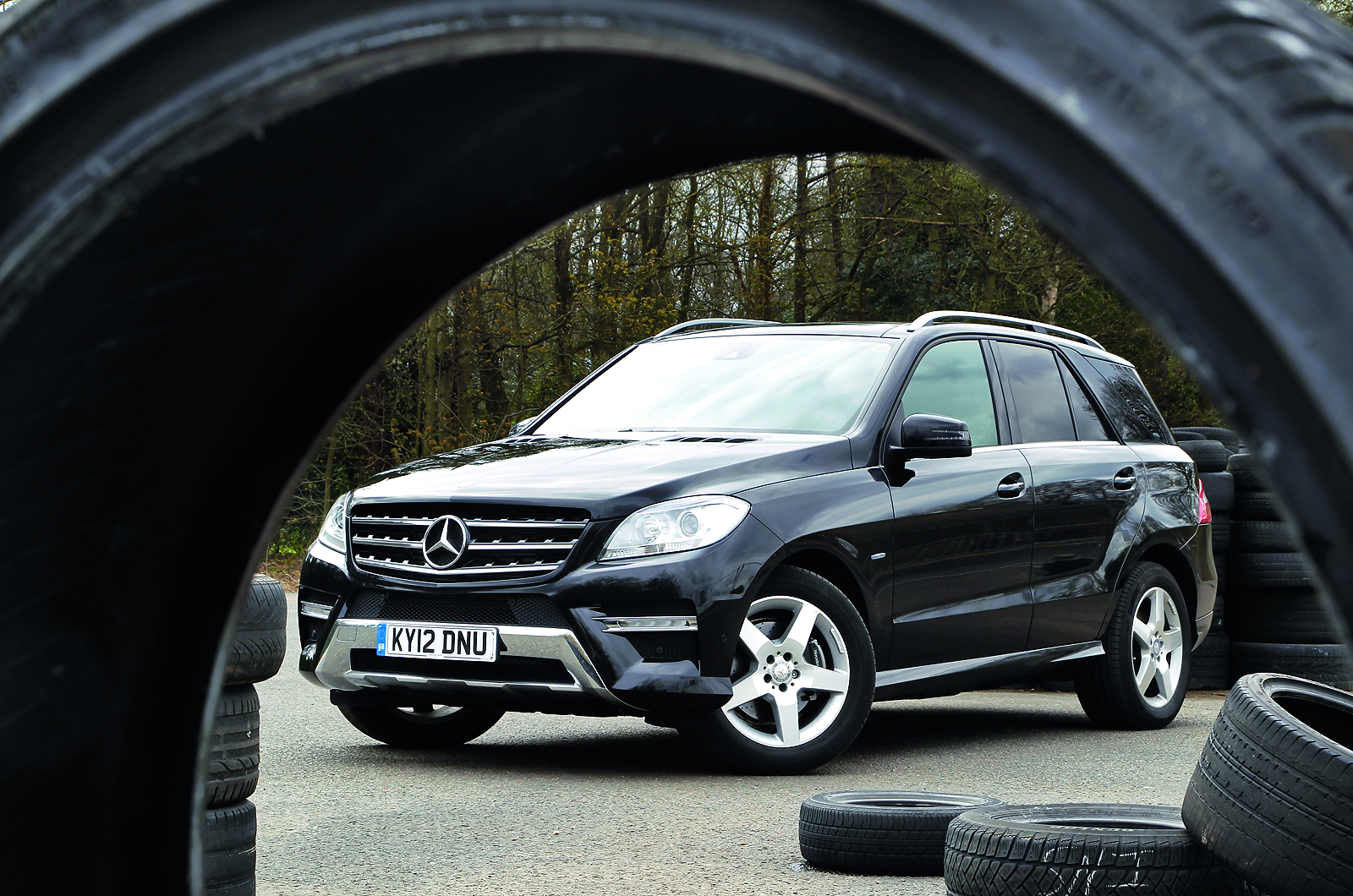Mercedes announced its intention to make a new large 4x4 in 1990 and formulated plans to develop it with Mitsubishi in 1991. However, the collaboration ended the following year and Mercedes decided to go it alone. But it still took until February 1997 to design and develop the W163 M-Class and build a factory in which to make it, in Tuscaloosa, Alabama.
The original ML was criticised for poor material quality and refinement, and it wasn’t until the Mk2 ML in 2005 that most of those criticisms were addressed.
Years on, Mercedes’ big American gamble is really paying off. Daimler AG’s Alabama factory is established and producing more than 100,000 cars a year, mainly for one of the world’s biggest and most important car markets. And the M-Class luxury 4x4 – the car for which that Tuscaloosa plant was built – is entering its third model cycle.
The ML has reached 1.2 million owners since 1997 and is hailed by its maker as the world’s most popular luxury 4x4. Having tested the water for the likes of the BMW X5, Volvo XC90 and Audi Q7, it’s a more important car than many acknowledge. But arguably more important still are the improvements that Mercedes has made to the M-Class over the generations.
Promising market-leading quality, safety, refinement and efficiency, the new ML seems almost unrecognisable from the rough and ready original. It has developed far beyond an initial early 1990s brief to replace the tough but antiquated Geländewagen and this time, for the first time, is offered with a four-cylinder diesel engine that promises to open up proper luxury SUV ownership to a wider audience.


